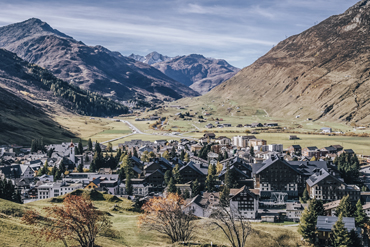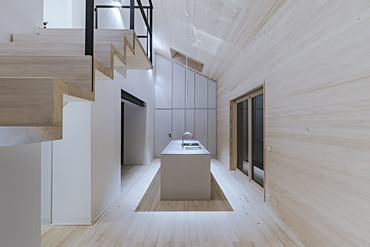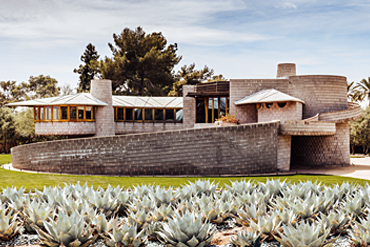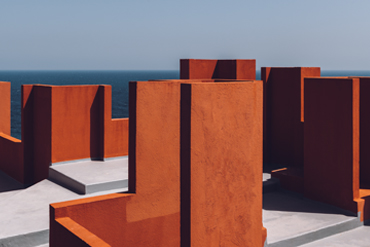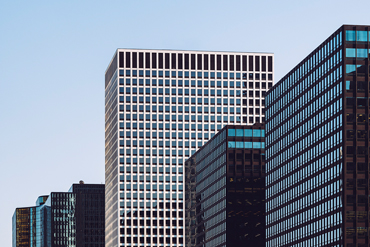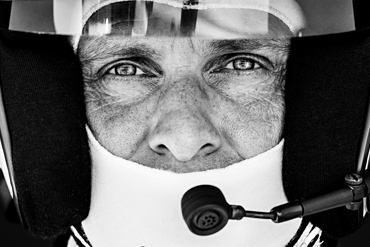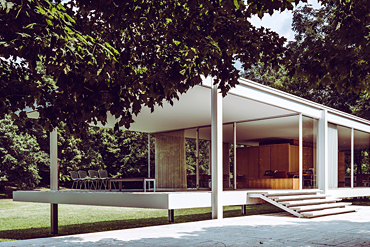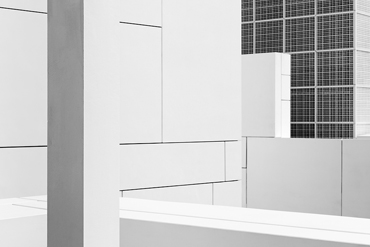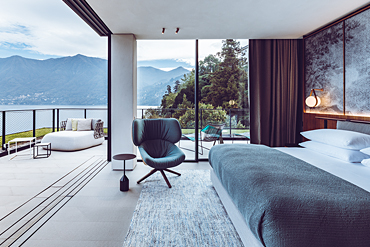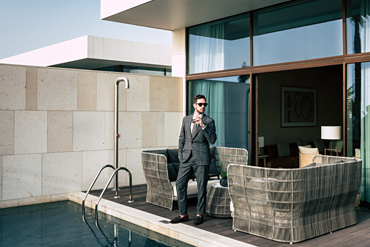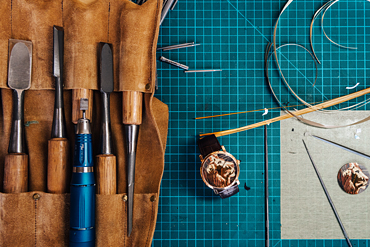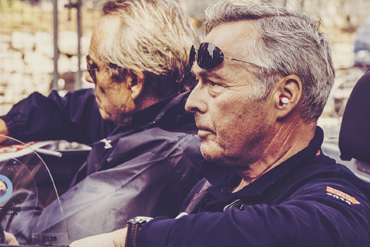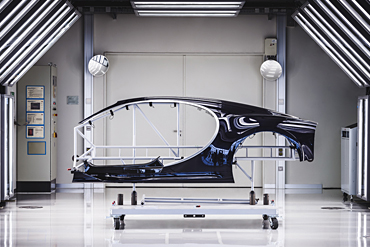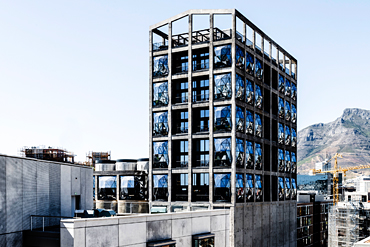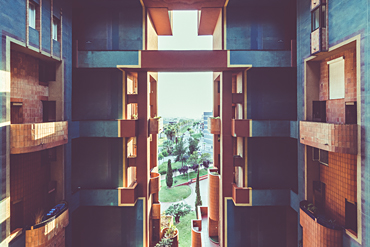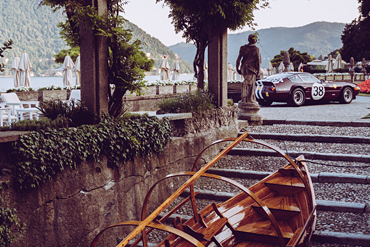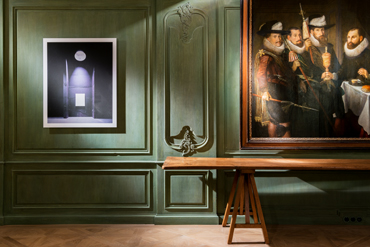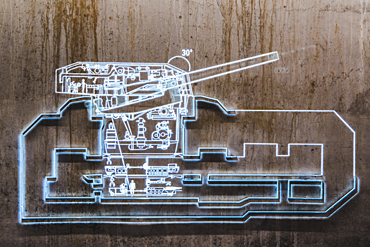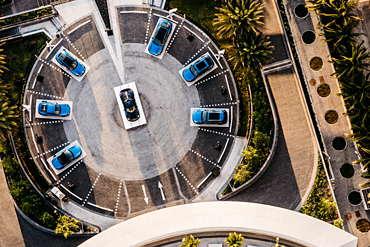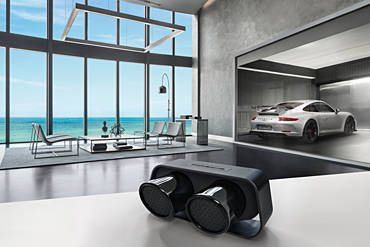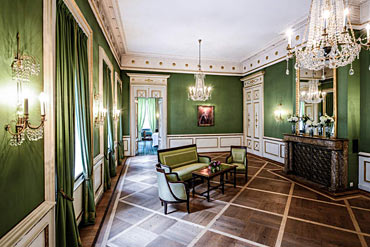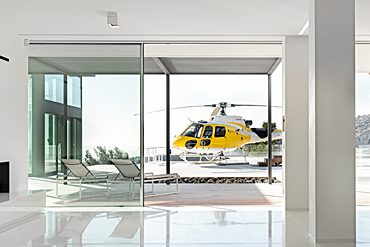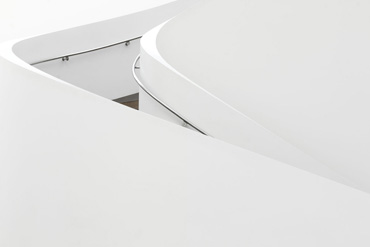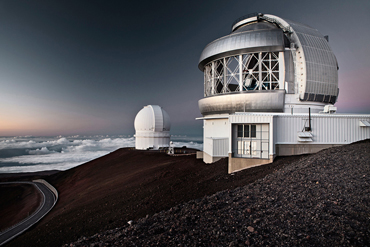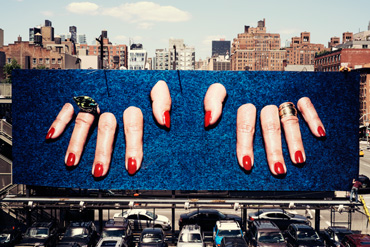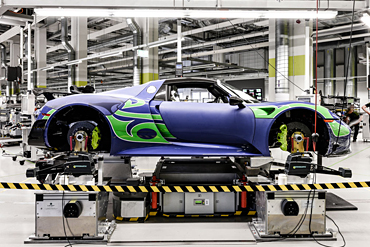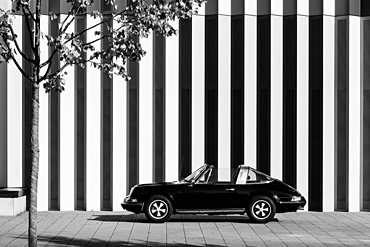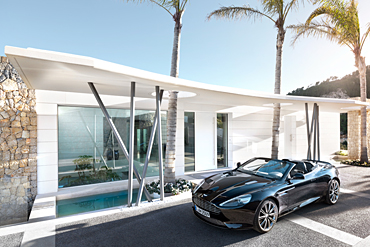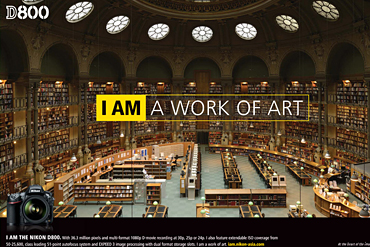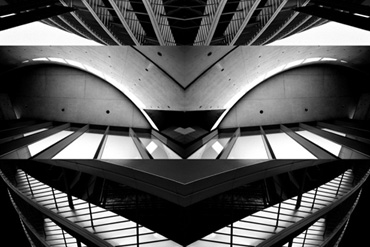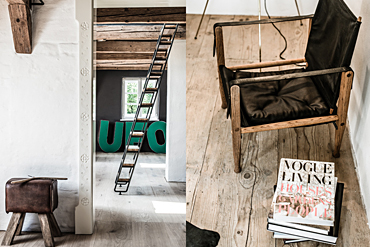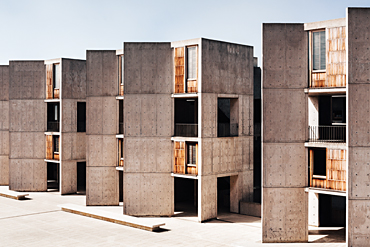About the Image:
Title: Sewage treatment plant Gut Grosslappen
Year: Munich | Germany 2012
Project: The Endor Project
This image is available as Fine Art Print in a limited edition.
Please send your request directly to artprint@benjamin-antony-monn.com or one of his galleries.

About the Image:
Title: Glen Canyon Dam
Year: Arizona | USA 2010
Project: The Endor Project
This image is available as Fine Art Print in a limited edition.
Please send your request directly to artprint@benjamin-antony-monn.com or one of his galleries.

About the Image:
Title: Bad Aibling Station Echelon-Systems
Year: Bad Aibling | Germany 2012
Project: The Endor Project
This image is available as Fine Art Print in a limited edition.
Please send your request directly to artprint@benjamin-antony-monn.com or one of his galleries.

About the Image:
Title: Very Long Baseline Array
Year: Owens Valley | California | USA 2010
Project: The Endor Project
This image is available as Fine Art Print in a limited edition.
Please send your request directly to artprint@benjamin-antony-monn.com or one of his galleries.

About the Image:
Title: Gemini North Telescope
Year: Big Island | Hawaii | USA 2010
Project: The Endor Project
This image is available as Fine Art Print in a limited edition.
Please send your request directly to artprint@benjamin-antony-monn.com or one of his galleries.

About the Image:
Title: Kitt Peak National Solar Observatory
Year: Arizona | USA 2010
Project: The Endor Project
This image is available as Fine Art Print in a limited edition.
Please send your request directly to artprint@benjamin-antony-monn.com or one of his galleries.

About the Image:
Title: Wind farm | Tehachapi Pass
Year: California | USA 2010
Project: The Endor Project
This image is available as Fine Art Print in a limited edition.
Please send your request directly to artprint@benjamin-antony-monn.com or one of his galleries.

About the Image:
Title: Radar device Raisting | Raisting am Ammersee
Year: Germany
Project: The Endor Project
This image is available as Fine Art Print in a limited edition.
Please send your request directly to artprint@benjamin-antony-monn.com or one of his galleries.

About the Image:
Title: Caltech Submillimeter Observatory
Year: Big Island | Hawaii | USA 2010
Project: The Endor Project
This image is available as Fine Art Print in a limited edition.
Please send your request directly to artprint@benjamin-antony-monn.com or one of his galleries.

About the Image:
Title: Wind farm | Palm Springs
Year: California | USA 2010
Project: The Endor Project
This image is available as Fine Art Print in a limited edition.
Please send your request directly to artprint@benjamin-antony-monn.com or one of his galleries.

About the Image:
Title: Atomic power plant Isar 1
Year: Landshut | Germany
Project: The Endor Project
This image is available as Fine Art Print in a limited edition.
Please send your request directly to artprint@benjamin-antony-monn.com or one of his galleries.

About the Image:
Title: Bergisel-Schanze
Year: Innsbruck | Austria
Project: The Endor Project
This image is available as Fine Art Print in a limited edition.
Please send your request directly to artprint@benjamin-antony-monn.com or one of his galleries.

About the Image:
Title: Solar energy plant Casabermeja
Year: Andalusia | Spain
Project: The Endor Project
This image is available as Fine Art Print in a limited edition.
Please send your request directly to artprint@benjamin-antony-monn.com or one of his galleries.

About the Image:
Title: Radar device Southpoint
Year: Big Island | Hawaii | USA 2010
Project: The Endor Project
This image is available as Fine Art Print in a limited edition.
Please send your request directly to artprint@benjamin-antony-monn.com or one of his galleries.

About the Image:
Title: Wendelstein Observatory
Year: Germany 2011
Project: The Endor Project
This image is available as Fine Art Print in a limited edition.
Please send your request directly to artprint@benjamin-antony-monn.com or one of his galleries.

About the Image:
Title: Very Large Array | San Agustin
Year: New Mexico | USA 2010
Project: The Endor Project
This image is available as Fine Art Print in a limited edition.
Please send your request directly to artprint@benjamin-antony-monn.com or one of his galleries.

About the Image:
Title: Navajo Generating Station
Year: Page | Arizona | USA 2010
Project: The Endor Project
This image is available as Fine Art Print in a limited edition.
Please send your request directly to artprint@benjamin-antony-monn.com or one of his galleries.

About the Image:
Title: Very Large Array
Year: San Agustin | New Mexico | USA 2010
Project: The Endor Project
This image is available as Fine Art Print in a limited edition.
Please send your request directly to artprint@benjamin-antony-monn.com or one of his galleries.

About the Image:
Title: Wind farm Southpoint
Year: Big Island | Hawaii | USA 2010
Project: The Endor Project
This image is available as Fine Art Print in a limited edition.
Please send your request directly to artprint@benjamin-antony-monn.com or one of his galleries.

About the Image:
Title: Kitt Peak National Observatory
Year: Arizona | USA 2010
Project: The Endor Project
This image is available as Fine Art Print in a limited edition.
Please send your request directly to artprint@benjamin-antony-monn.com or one of his galleries.

About the Image:
Title: Cogeneration plant HKW Süd
Year: Munich | Germany 2012
Project: The Endor Project
This image is available as Fine Art Print in a limited edition.
Please send your request directly to artprint@benjamin-antony-monn.com or one of his galleries.

About the Image:
Title: Hoover Dam Bypass
Year: Nevada | USA 2010
Project: The Endor Project
This image is available as Fine Art Print in a limited edition.
Please send your request directly to artprint@benjamin-antony-monn.com or one of his galleries.

About the Image:
Title: Hoover Dam
Year: Nevada | USA 2010
Project: The Endor Project
This image is available as Fine Art Print in a limited edition.
Please send your request directly to artprint@benjamin-antony-monn.com or one of his galleries.

About the Image:
Title: Wind farm | Palm Springs
Year: California | USA 2010
Project: The Endor Project
This image is available as Fine Art Print in a limited edition.
Please send your request directly to artprint@benjamin-antony-monn.com or one of his galleries.

About the Image:
Title: Nösslach Bridge Brenner Highway
Year: Nösslach | Austria 2012
Project: The Endor Project
This image is available as Fine Art Print in a limited edition.
Please send your request directly to artprint@benjamin-antony-monn.com or one of his galleries.

About the Image:
Title: Wendelstein Observatory
Year: Germany 2011
Project: The Endor Project
This image is available as Fine Art Print in a limited edition.
Please send your request directly to artprint@benjamin-antony-monn.com or one of his galleries.

About the Image:
Title: Electricity poles
Year: Nevada | USA 2010
Project: The Endor Project
This image is available as Fine Art Print in a limited edition.
Please send your request directly to artprint@benjamin-antony-monn.com or one of his galleries.

About the Image:
Title: Wind farm | Tehachapi Pass
Year: California | USA 2010
Project: The Endor Project
This image is available as Fine Art Print in a limited edition.
Please send your request directly to artprint@benjamin-antony-monn.com or one of his galleries.

About the Image:
Title: Carma Millimeter-Wave Antennas
Year: Cedar Flat | California | USA 2010
Project: The Endor Project
This image is available as Fine Art Print in a limited edition.
Please send your request directly to artprint@benjamin-antony-monn.com or one of his galleries.

About the Image:
Title: Canada-France-Hawaii Telescope
Year: Big Island | Hawaii | USA 2010
Project: The Endor Project
This image is available as Fine Art Print in a limited edition.
Please send your request directly to artprint@benjamin-antony-monn.com or one of his galleries.

About the Image:
Title: Carma Millimeter-Wave Antennas
Year: Cedar Flat | California | USA 2010
Project: The Endor Project
This image is available as Fine Art Print in a limited edition.
Please send your request directly to artprint@benjamin-antony-monn.com or one of his galleries.

About the Image:
Title: Wind farm Northpoint
Year: Big Island | Hawaii | USA 2010
Project: The Endor Project
This image is available as Fine Art Print in a limited edition.
Please send your request directly to artprint@benjamin-antony-monn.com or one of his galleries.

About the Image:
Title: Carma Millimeter-wave Antennas
Year: Cedar Flat | California | USA 2010
Project: The Endor Project
This image is available as Fine Art Print in a limited edition.
Please send your request directly to artprint@benjamin-antony-monn.com or one of his galleries.

About the Image:
Title: Owens Valley Radio Observatory
Year: Owens Valley | California | USA 2010
Project: The Endor Project
This image is available as Fine Art Print in a limited edition.
Please send your request directly to artprint@benjamin-antony-monn.com or one of his galleries.

About the Image:
Title: Radar device Southpoint
Year: Big Island | Hawaii | USA 2010
Project: The Endor Project
This image is available as Fine Art Print in a limited edition.
Please send your request directly to artprint@benjamin-antony-monn.com or one of his galleries.


